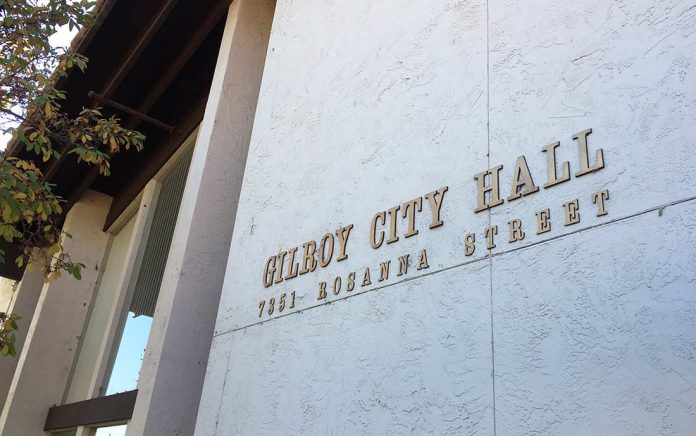The City of Gilroy is working on an ordinance that would ban people from sleeping in Uvas Creek and other public right-of-ways.
However, some say the plan would force the homeless into more populated areas, namely residential neighborhoods and downtown.
The Gilroy City Council got its first look at the draft ordinance on May 15, and it is expected to return for consideration on June 5.
Cities throughout the country have been grappling with a 2019 decision by the Ninth District Court of Appeals, which determined that outdoor public camping cannot be criminalized unless the individuals are given an alternative shelter option.
An ordinance banning camping near schools was originally discussed in July 2022 after many parents complained to the city about a large encampment underneath a bridge on IOOF Avenue near South Valley Middle and other schools.
The council later directed city staff to craft an ordinance that furthers the ban to include parks, daycares and what is referred to as “critical infrastructure.”
Assistant to the City Administrator Bryce Atkins said the ordinance would only affect city-owned property that is within the public right-of-way. As such, it would apply to roughly 31% of the city, including water wells, bridges and over/underpasses.
Uvas Creek also falls under the proposal, and Atkins said it would affect between 75 to 100 people who are living there.
Atkins said the proposal doesn’t “criminalize the act of being present,” but rather, allows police to issue a citation to those who refuse to move.
When asked by Councilmember Zach Hilton on how police draw the line between determining if someone is taking a quick nap in a park or staying there long-term, Police Chief Pedro Espinoza said that the officers always “seek cooperation through education,” and treat every instance on a case-by-case basis rather than “painting a broad brush.”
Jan Bernstein Chargin of PitStop Outreach, which works with the unhoused to find them housing, said the proposal unfairly targets those without permanent shelter and will “drive people out of where they had tried to remain out of everybody’s way.”
She added that forcing the unhoused to move, many of which are dealing with chronic health issues, will do more harm. According to Bernstein Chargin, a 2021 sweep of an encampment near 10th Street and Highway 101 caused a woman to die from cardiac arrest later that night and left two others in the hospital.
“We work everyday to get people housed,” she said. “What we’re doing is going to solve the problem without doing something like this, which is going to make the problem worse.”
Ann Marie McCauley of Gilroy said that while she supported the camping ban near schools, expanding that to other areas in the city would have major consequences.
“If you vote to move people into town, other infrastructure concerns will rise,” she said. “The statement that adopting this ordinance will not have a financial impact on the city is questionable. How can moving 100 unhoused people into town not have a financial impact on our community?”
Councilmember Carol Marques said the problem of contamination and trash in the city’s waterways needs to be addressed.
“I feel for the unhoused, but you have to help yourselves and meet the city halfway in cleaning up,” she said. “There has to be a meeting of the minds where everyone is working together.”
Councilmember Rebeca Armendariz said it was a “stretch” to blame the unhoused for contaminating the waterways, when the city is surrounded by pesticide runoff from agricultural fields.
The city needs to invest in low income housing and more supportive services such as safe parking areas and tiny homes, rather than “attacking their rights as human beings,” she added.
“The problem I see with this ordinance is it’s based on the assumption that the unhoused residents of our community are not our neighbors, are not our equals..and that they are inherently criminal solely based on their attempts to have their basic human needs to sit, to sleep, to lie down to find shade or shelter,” she said.













